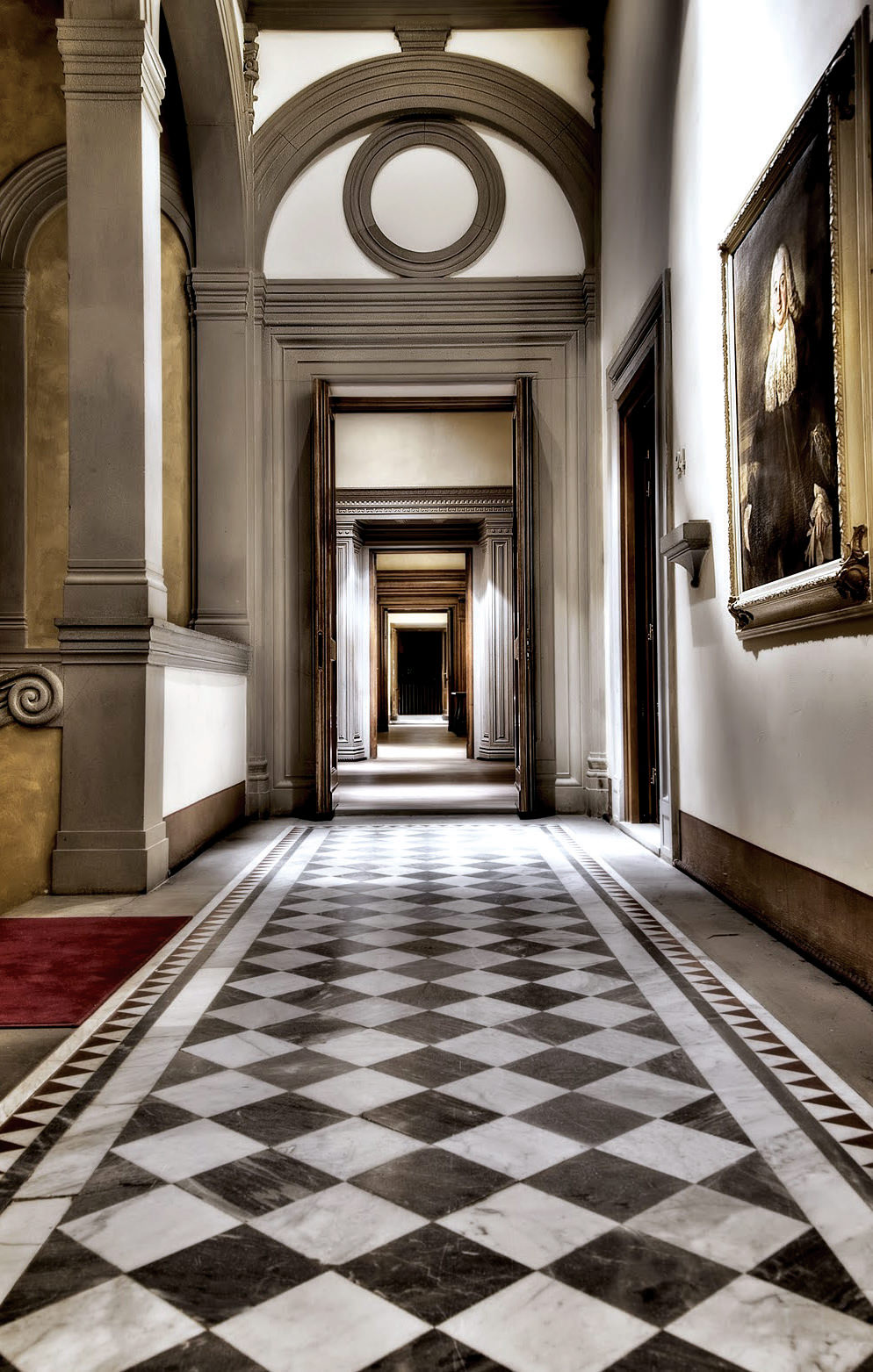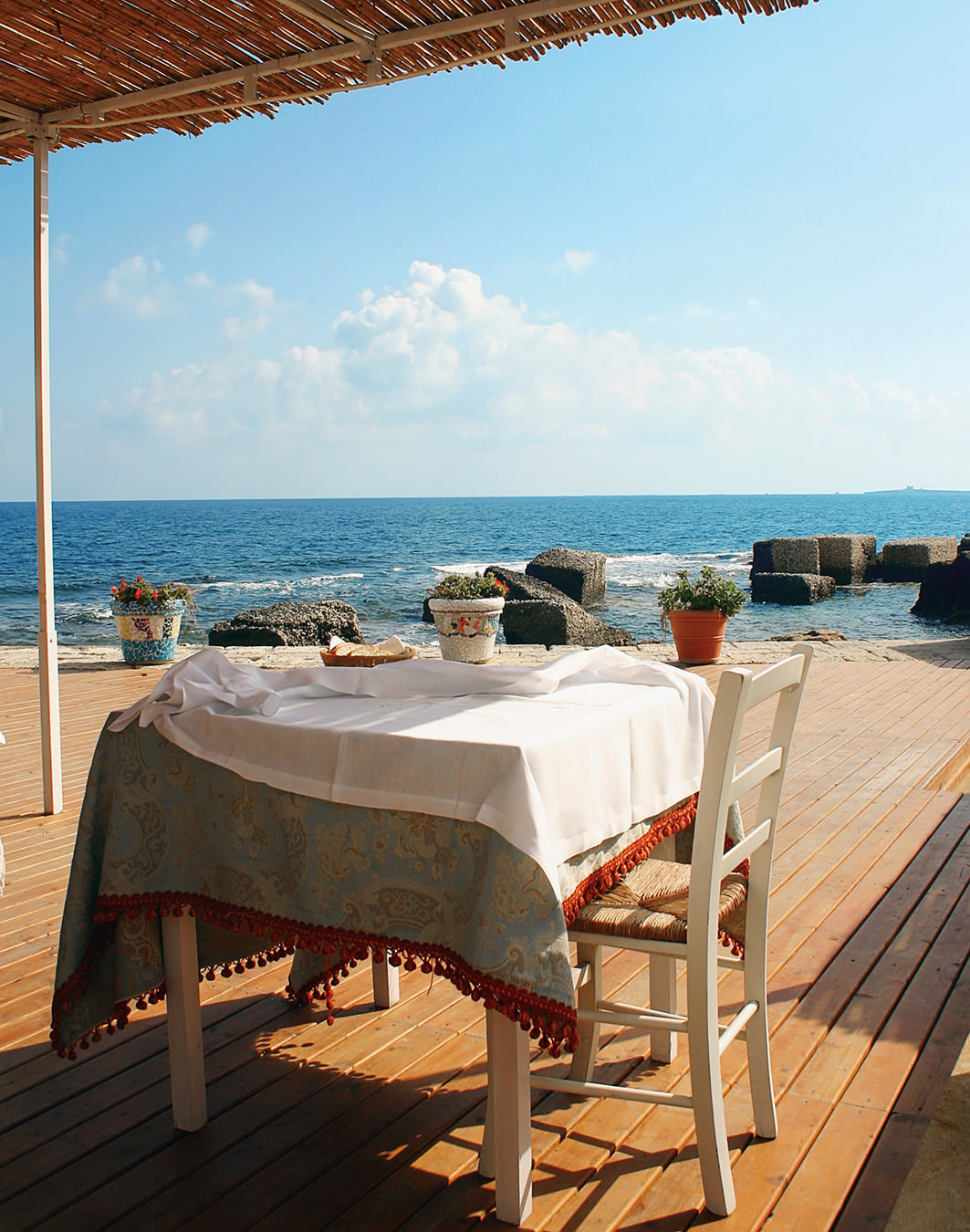-
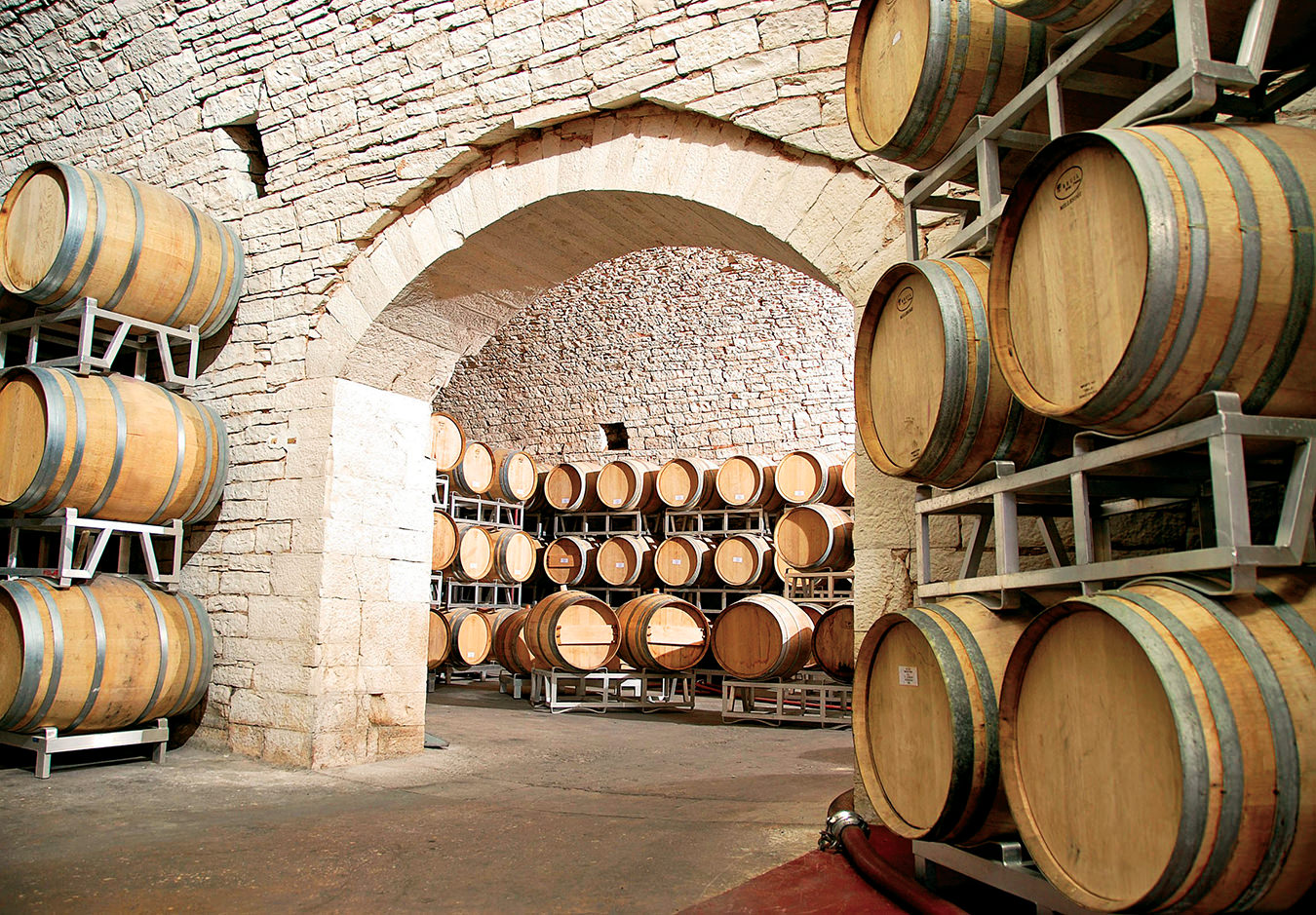
The cellar room at Torrevento winery.
-
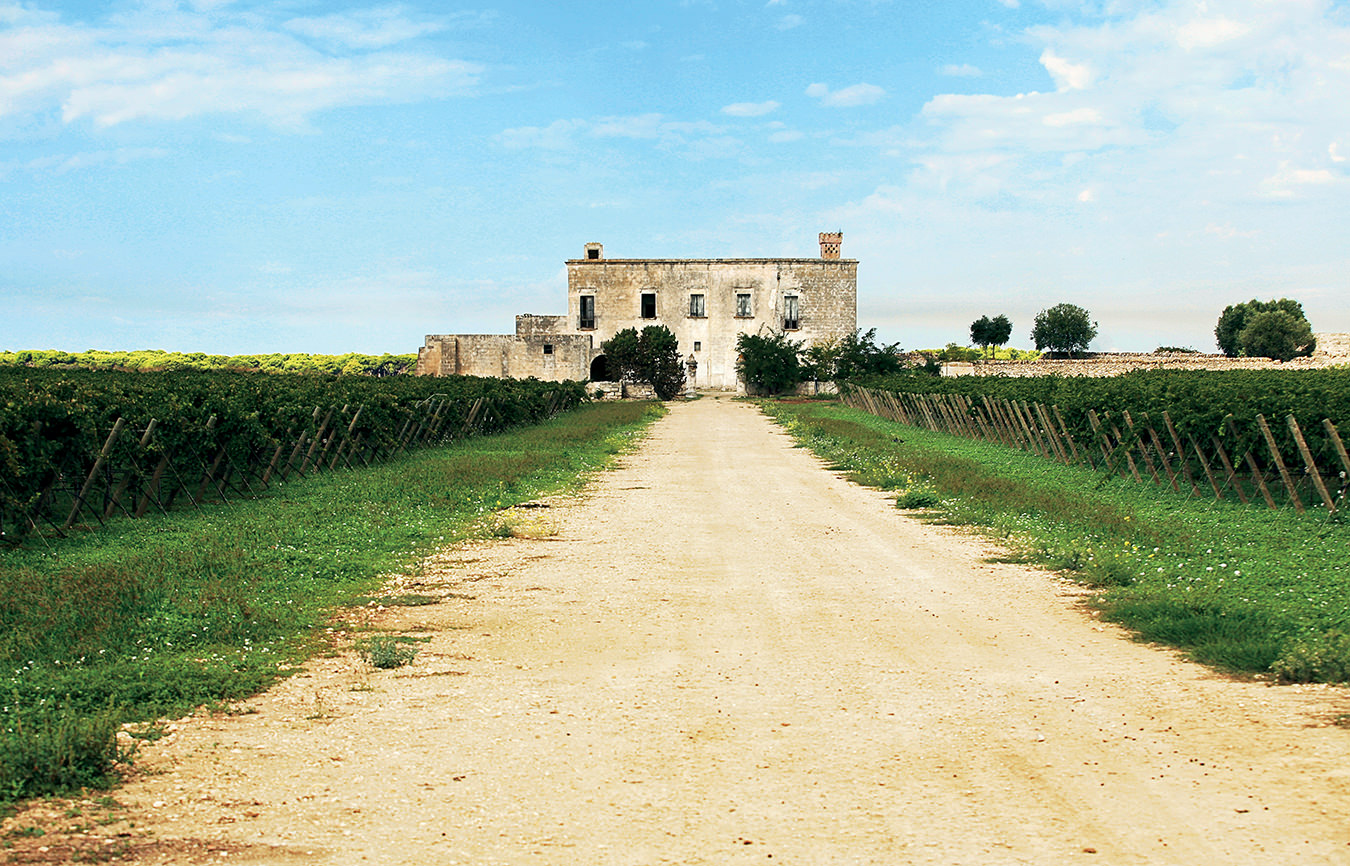
The Tenuta Eméra winery.
-
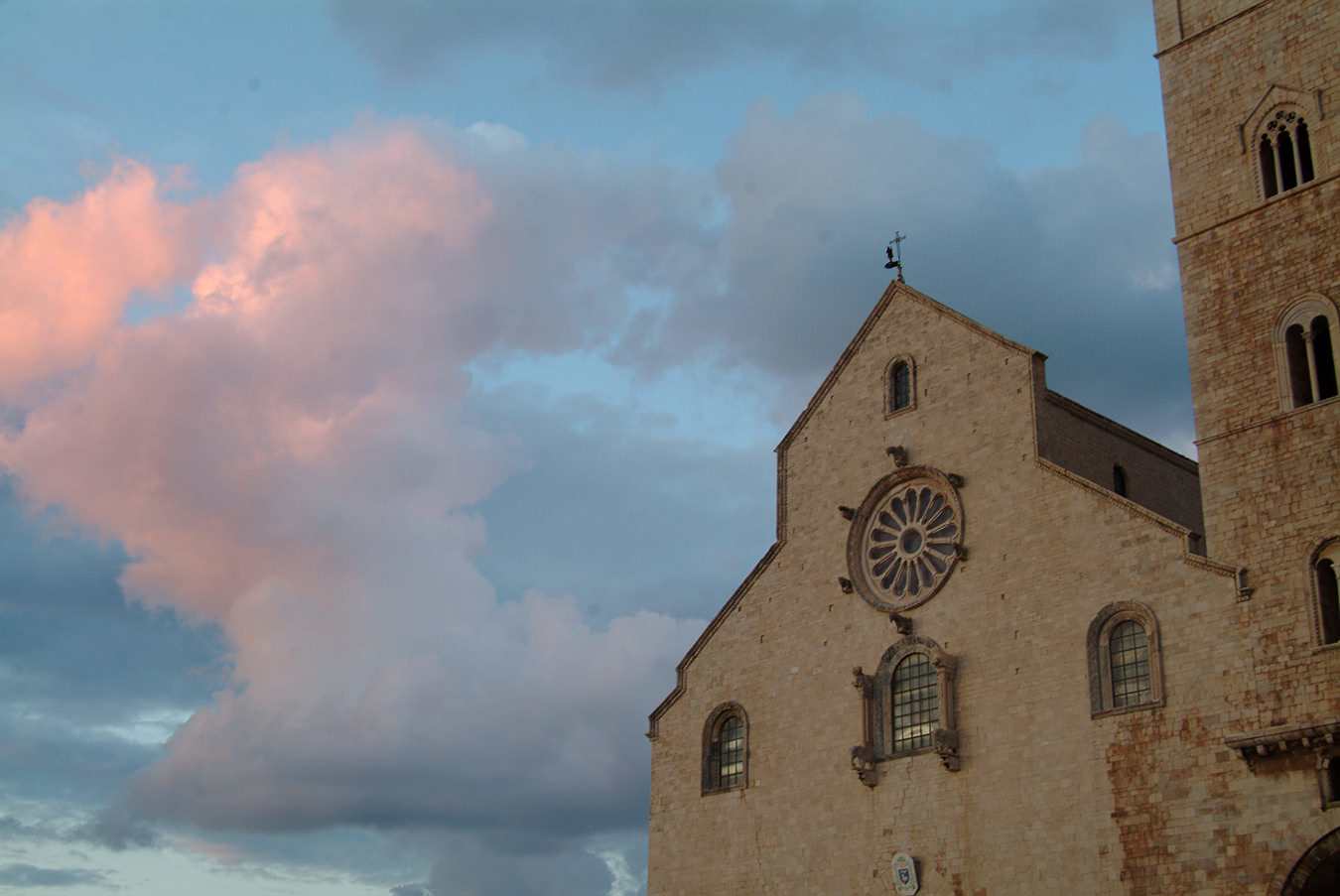
Cattedrale di Trani.
-
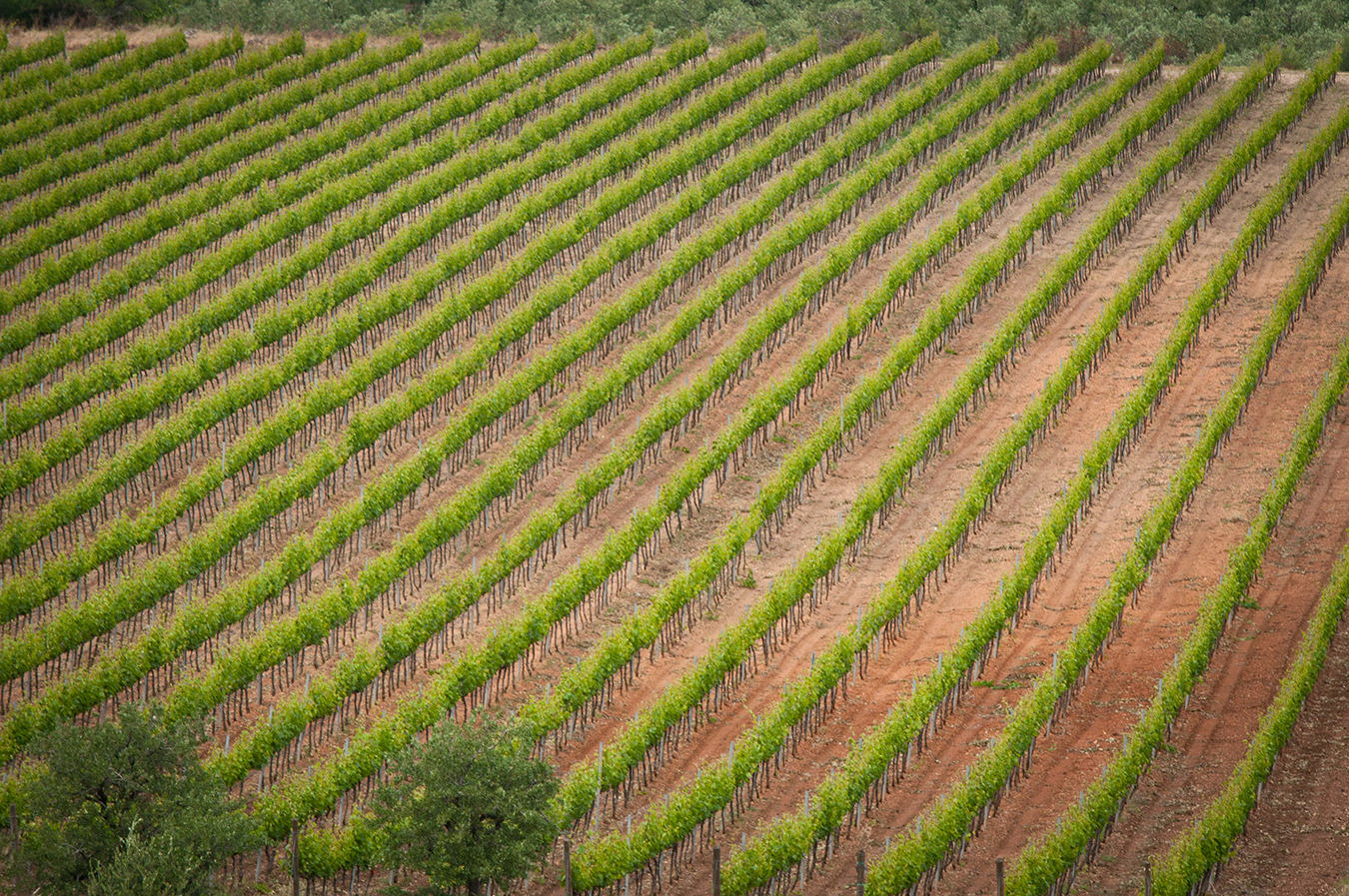
Puglia is divided into sub-regions, each with its own distinctive grape varieties and wine styles.
-
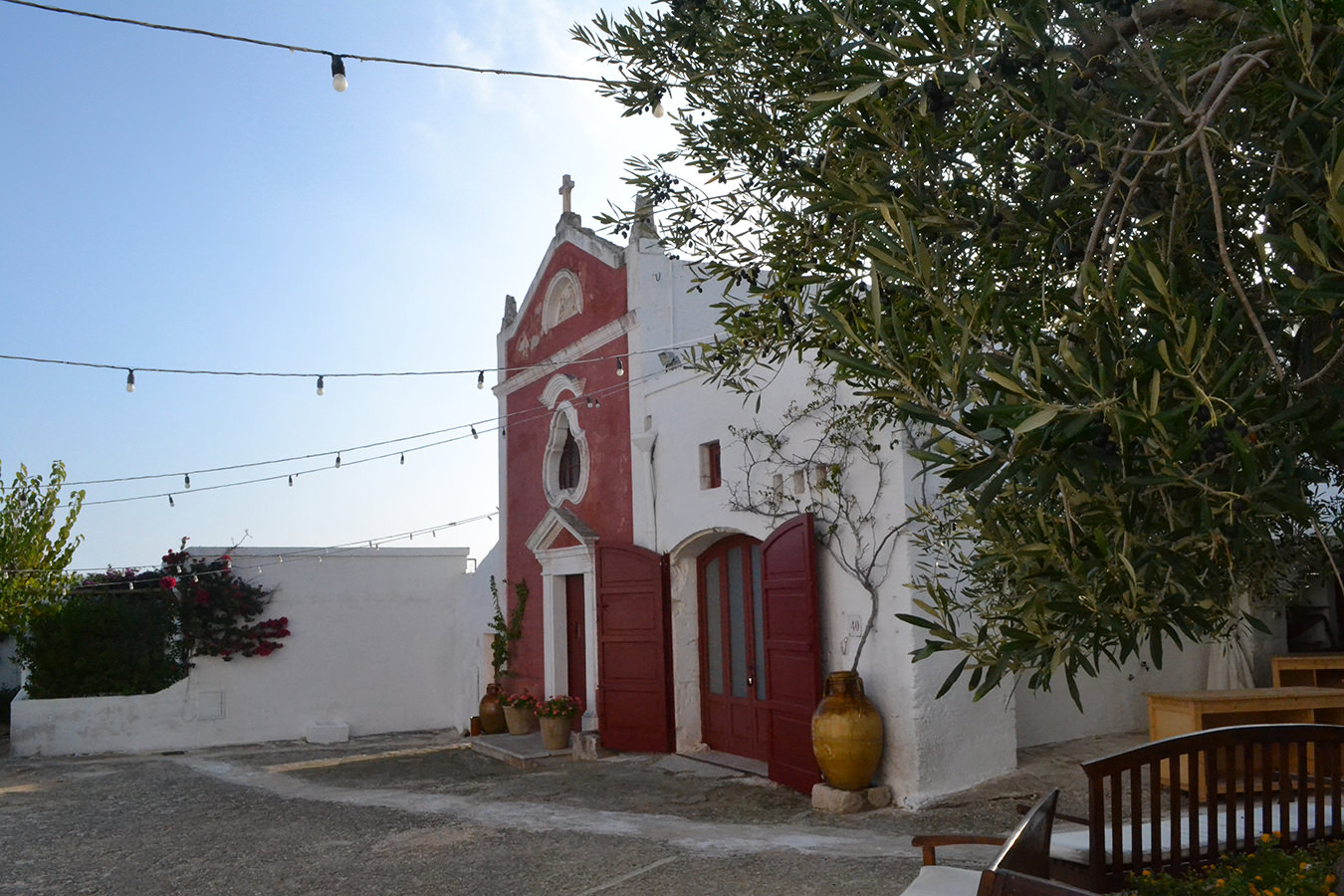
Masseria Torre Coccaro hotel.
-
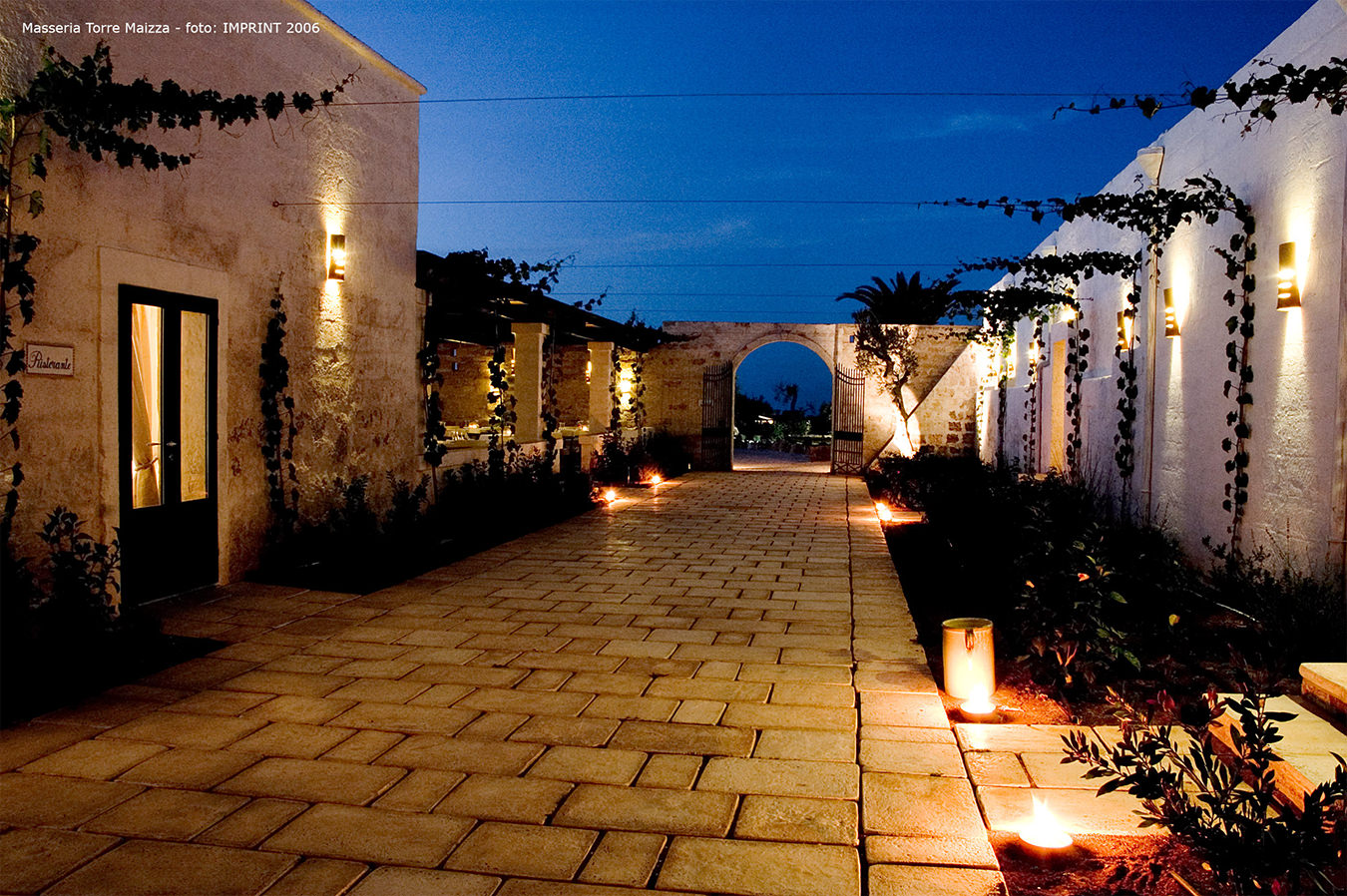
Masseria Torre Maizza Puglia Resort.
Wines of Puglia
Bringing quality wine to (the) heel.
The easiest way of locating Puglia (it’s the way it’s done there) is to say it’s the heel of the boot-shaped Italian peninsula. Wine has been made there for thousands of years, since the Greeks started planting vineyards in southern Italy. But although Puglia’s wines are widely consumed—and some of its main grape varieties, especially primitivo, are well enough known—Puglia itself does not register the faintest blip on the radar of most wine lovers, and it’s even overlooked by tourists. That’s a pity. The region has plenty of wine, food, and other attractions; it’s the home of burrata cheese and orecchiette pasta; it produces 40 per cent of Italy’s olive oil; and it offers tourists spectacular scenery, coastal vistas, and beautiful ancient towns with narrow streets, like Fasano and Lecce.
The reason that Puglia is not well known for wine is that for centuries, like other southern Italian regions, it did little more than produce huge volumes of inexpensive, mass-produced wine for consumers in northern Italy and the rest of Europe. Puglia currently accounts for about a third of Italy’s total wine production, and much of this wine (which fills shelves in wine stores everywhere), although very drinkable, is also very forgettable. But like many wine regions of this kind around the world, Puglia has been pulling up its socks, and more and more of its wineries are turning out impressive, high-quality wines. Right now, they still need to be sought out, but everything suggests that Puglia is on track to be recognized as a significant source of quality Italian wines.
Puglia is not a big region, but it’s divided into subregions, each with its own distinctive grape varieties and wine styles. The best-known variety is primitivo, grown, mainly, in the Salento and Manduria areas, and so-called because it’s an early ripening grape. There was a long scientific debate about primitivo’s origins and its relationship to California’s zinfandel variety, but it is now accepted that they are one and the same, a variety that originated in Croatia (where it’s called tribidrag). At least one Puglia producer, Racemi, labels one of its primitivo wines “zinfandel”. The practice is now permitted by European wine law, but it is contested by the United States wine authorities who want “zinfandel” to be reserved for American wines.
Some Puglia primitivos are reminiscent of California zinfandels in their dense, rich, and often sweet fruit, and relatively high alcohol; primitivo has a short growing season, but it builds up sugar (and therefore potential alcohol) quickly. Although a few Puglia primitivos scale the alcoholic heights that are common for zinfandel (15 per cent and higher), many others are more restrained and deliver the balance that makes them easier both to drink and to pair with food.
One is Varvaglione Vigne & Vini 12 e Mezzo Primitivo del Salento 2012, which comes in at a mere 12.5 per cent alcohol and delivers ripe, measured fruit that’s balanced with well-calibrated acidity. Winery owner Marzia Varvaglione says they manage grape yields so as to keep sugar levels under control. Another well-made primitivo is Racemi Felline Primitivo di Manduria 2012, made from old 70- to 80-year-old vines. The 14 per cent alcohol is imperceptible, and the wine shows depth and breadth of flavour, together with juicy acidity.
The second main red variety in Puglia, mainly grown in the eastern subregion, is negroamaro, and here the debate is about the name rather than the origins of the variety. It’s generally accepted that negroamaro combines the Italian words for “Negro” and “bitter”, but most of Puglia’s producers insist that it derives from the Italian and Greek words for “black”—nero and mavro—and means “black-black”, in recognition of its dark skin. It’s understandable that Puglians would rather not have people think negroamaro was bitter, especially when the wines tend to be quite smooth and fruity and sometimes fairly savoury in flavour, without a hint of bitterness.
Puglia itself does not register the faintest blip on the radar of most wine lovers, and it’s even overlooked by tourists. That’s a pity.
Apollonio Terragnolo Negroamaro 2010 is full of fruit with spicy flavours and a juicy texture, and its 15 per cent alcohol (like primitivo, negroamaro tends toward high alcohol) is well integrated. The same producer’s Valle Cupa 2007, an equal blend of primitivo and negroamaro, suggests the aging potential of these wines. After seven years, it is still full of fruit and remains balanced, with firm tannins.
Puglia’s third main grape variety for red wines is little known, but it deserves a lot more recognition. Nero di Troia—“the black grape of Troy”—is grown in the northern regions of Puglia, where it produces wines that are full of flavour but light on their feet, with fresh and food-friendly acidity. Many are produced in the Castel del Monte appellation, named for a quirky octagonal castle built by Frederick II and dating from the 13th century. Nero di Troia is a grape that takes a long time to ripen (it’s typically harvested six to eight weeks after primitivo) and tends to make wines that are well structured with spicy flavours and have lower alcohol than primitivo and negroamaro.
One of the notable producers is Rivera, located in Castel del Monte and not far from the castle itself. Rivera Violante 2011, which is 100 per cent nero di Troia, is rich and dark in fruit, but its bright acidity makes it a light and versatile pairing with food. At a higher quality level, Rivera Puer Apuliae 2008 (also 100 per cent nero di Troia) is rich and dense in flavour, well structured, balanced, and smooth textured. One of Rivera’s owners, Sebastiano de Corato, acknowledges that his wines fare well at the table: “The best bottle of wine,” he says, “is an empty bottle.”
Some producers blend nero di Troia, like Torrevento’s Kebir, which combines it with cabernet sauvignon. It’s a tightly wound red with intense and high-toned flavours and gripping tannins—a wine that needs time to develop. Wines like this, clearly meant for aging, are as far from the easy-drinking wines that make up the bulk of Puglia’s production as Puglia is from Piedmont.
Puglia, then, produces an impressive portfolio of reds, when you consider the three main varieties and the different styles within each, and the red blends that include other Italian and international grape varieties. Tenute Eméra Sud del Sud 2012 brings together negroamaro, primitivo, merlot, shiraz, and a little bit of cabernet sauvignon to make a lovely wine with concentrated and spicy flavours, balance, structure, and supple tannins. Several minor Puglian varieties, such as malvasia nera, are used mainly for blending. One red variety that has promise in its own right is susumaniello, which Racemi employs to make Sum, a red vino da tavola (table wine), the lowest quality level in Italian wine law. Sum is somewhat rustic, but very attractive in its flavours and its bright, juicy texture.
Although Puglia is predominantly a red-wine producer, its white wines often attain high quality and go well with the region’s many fish and seafood dishes. Varieties to look for are fiano, verdeca, bombino bianco, and bianco d’alessano, all of which can make well focused, crisp, and flavourful wines. Varvaglione Vigne & Vini Moi 2013, made from verdeca, is a dry, semi-aromatic white that delivers plenty of flavour and a clean, slightly viscous texture reminiscent of some Spanish albariño wines. The Antica Masseria Jorche blends fiano with some bianco d’alessano, which has a little oak aging and shows focused fruit and a clean, balanced, and bright texture.
Rosé, sparkling, and sweet wines round out Puglia’s portfolio. Rosés are generally made from bombino nero or negroamaro, like Rivera Pungirosa, a Castel del Monte rosé that is all bombino nero and classified Denominazione di Origine Controllata e Garantita (DOCG), the highest level in Italian wine law. Its pale pink colour contrasts with the depth of the bright flavours of the dry, well-structured wine.
To draw attention to the quality wine now being made in Puglia is not to say that mass-volume wine has been given the boot; the region still turns out vast amounts of inexpensive wine that finds receptive and grateful consumers throughout the world. But the quality layer is steadily broadening, and Puglia has the opportunity to claim a distinct market for its style of primitivo—a reason not to label it zinfandel—and to create demand for its other varieties and blends.
Photos provided by Tirsomedia.

